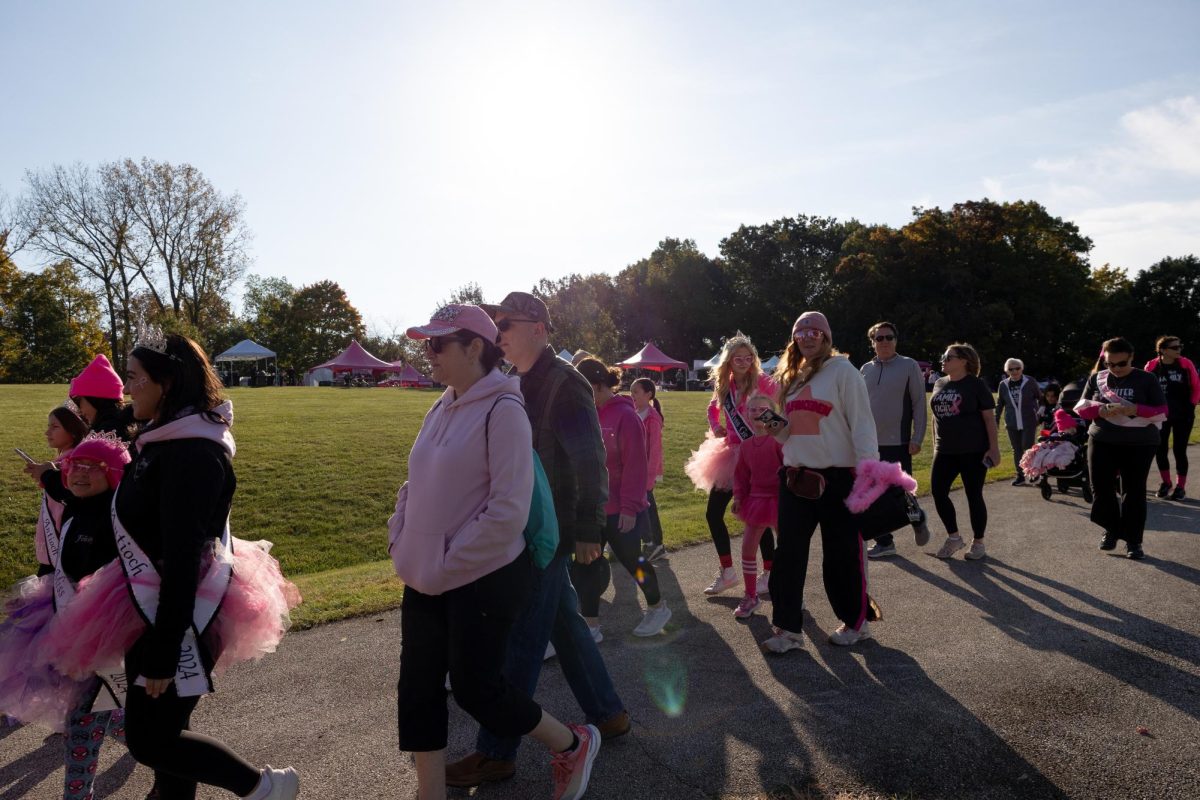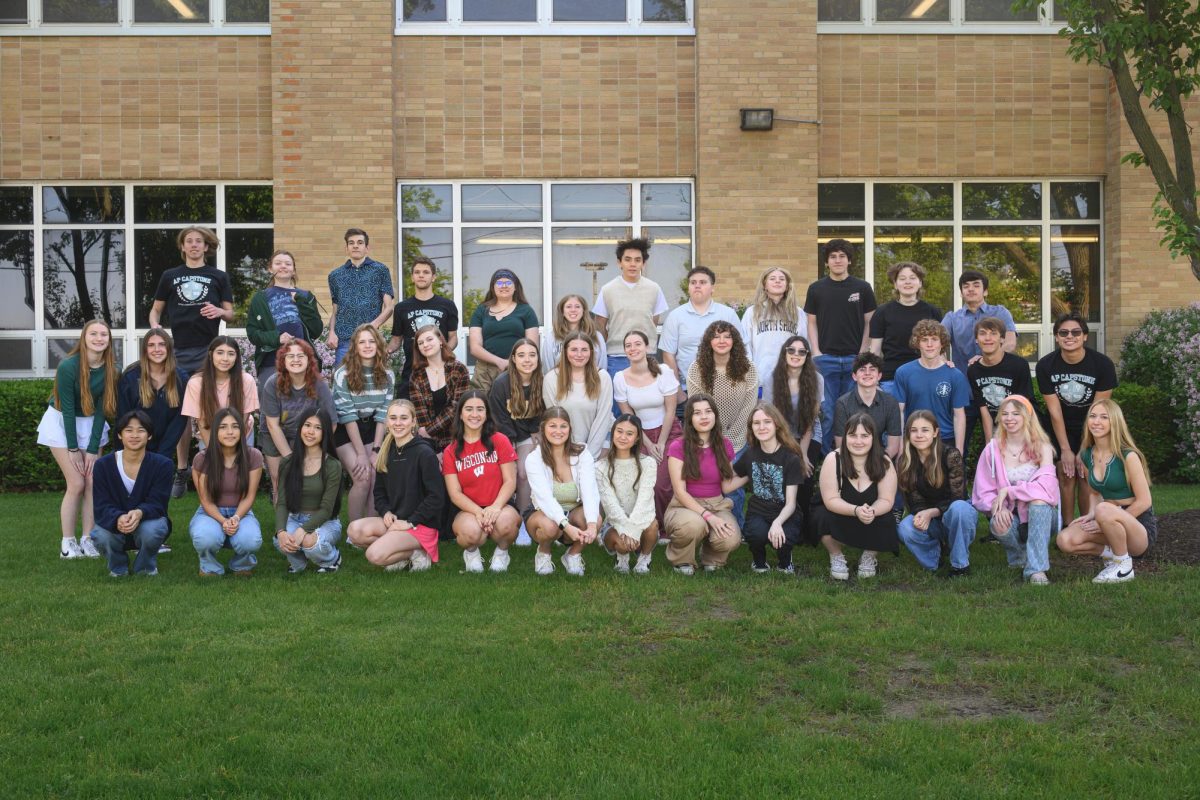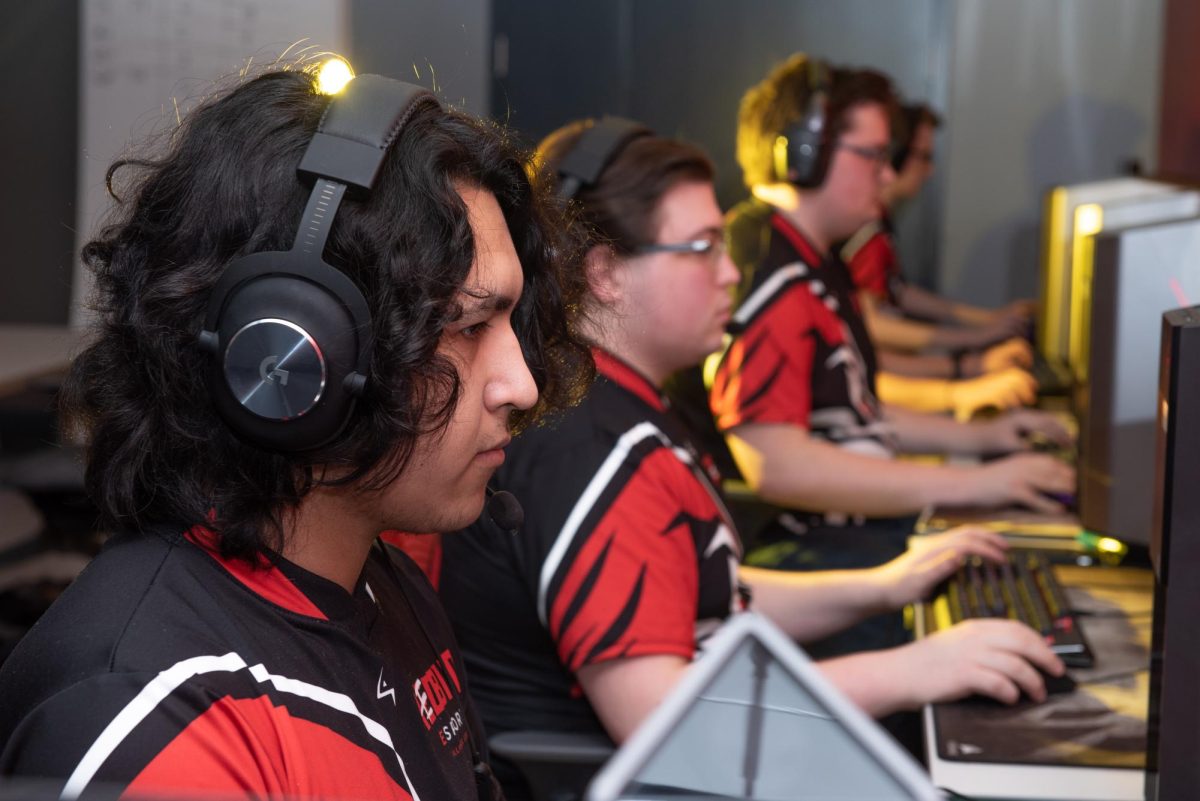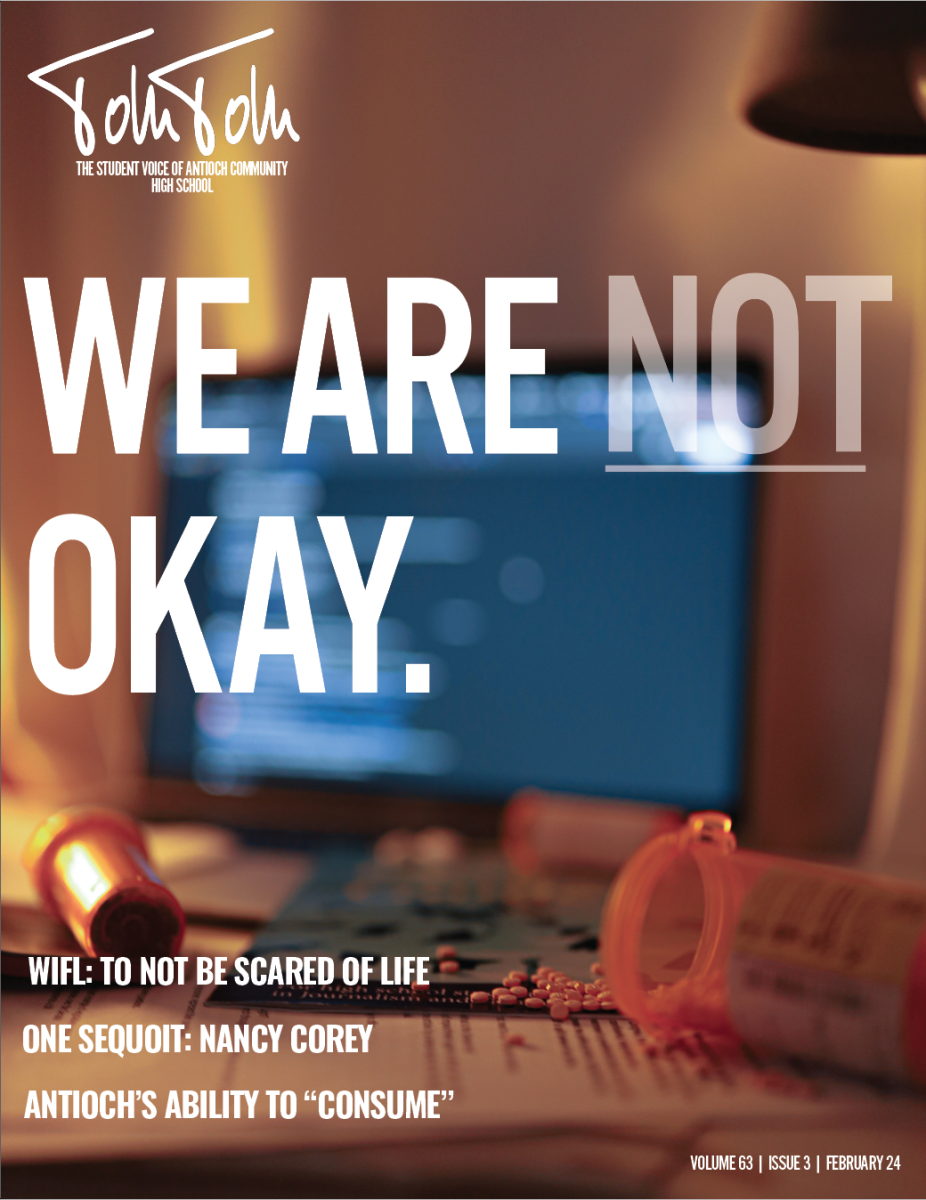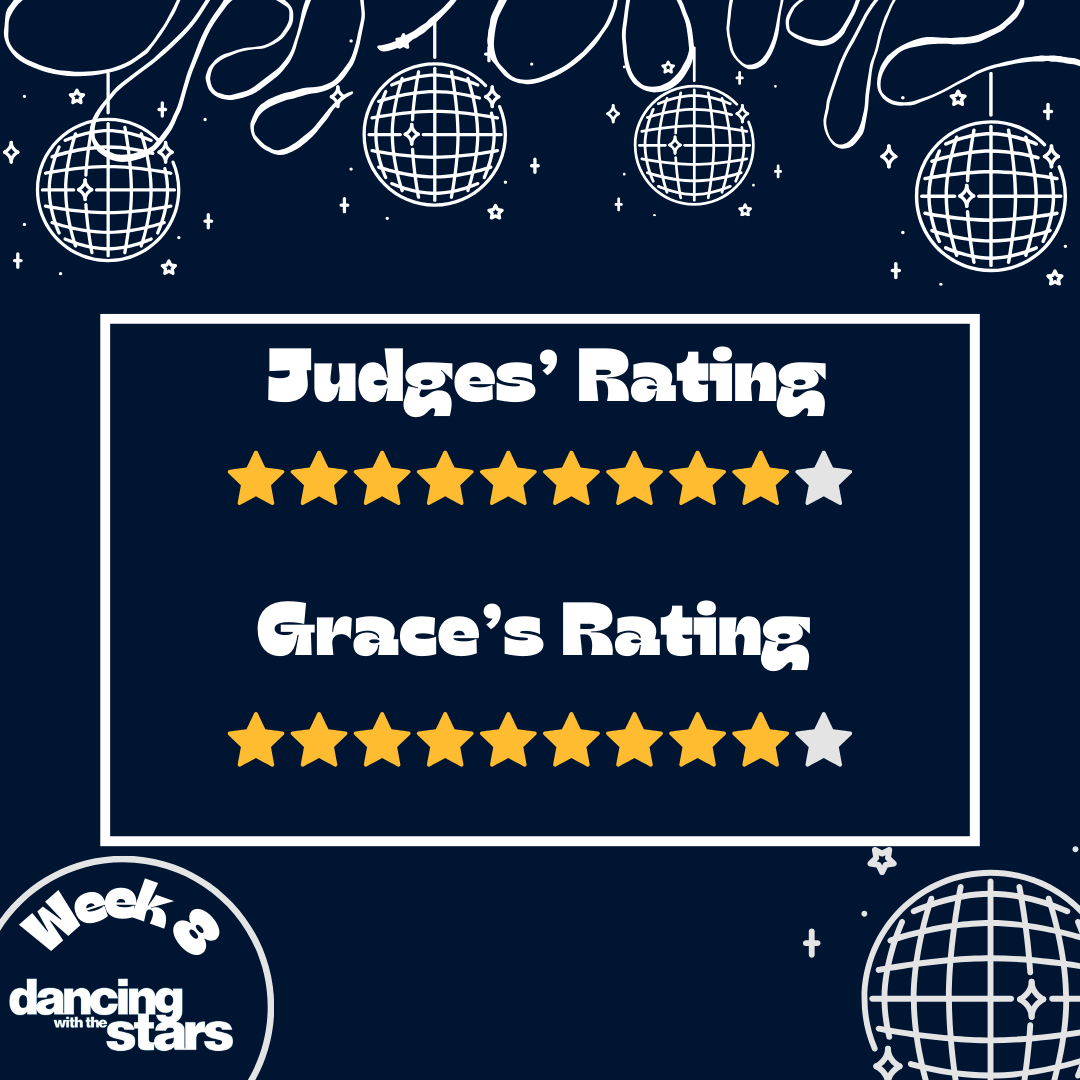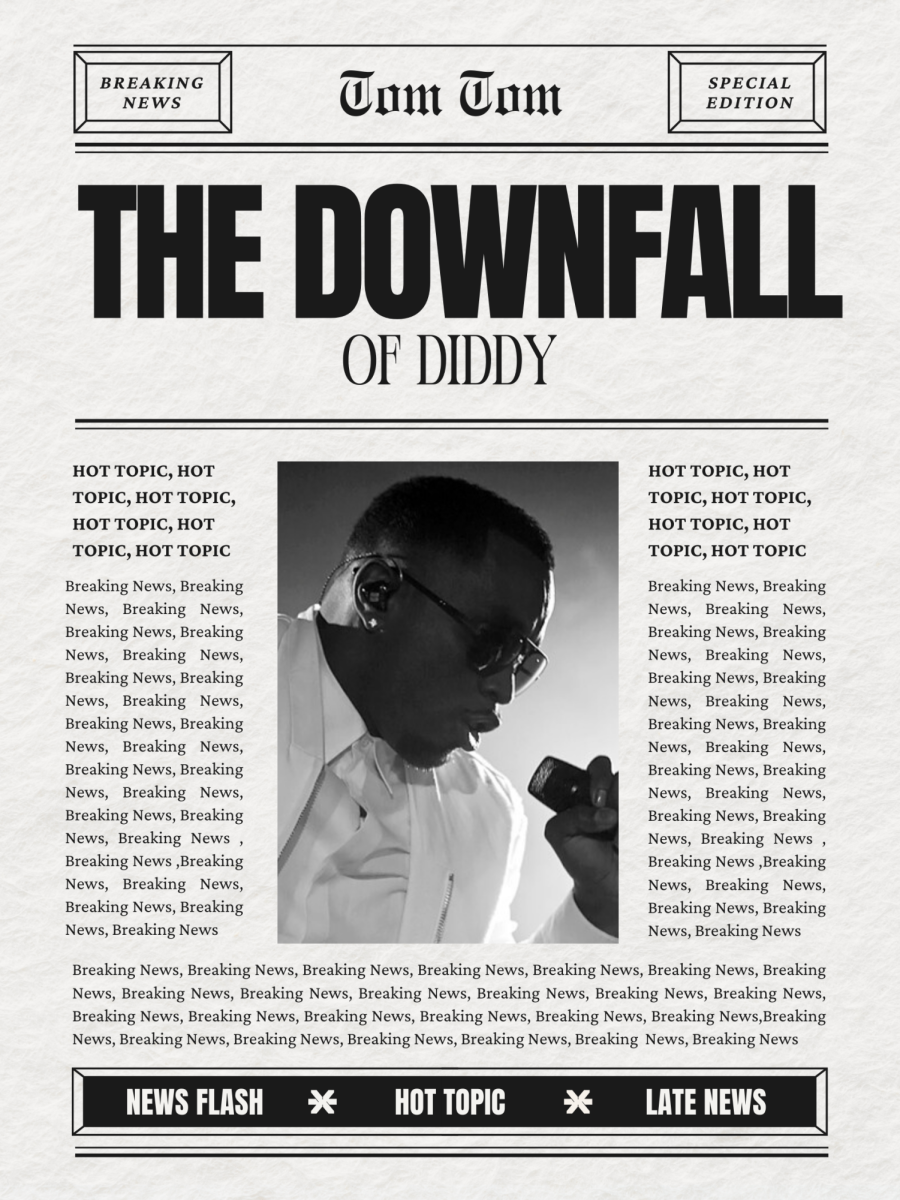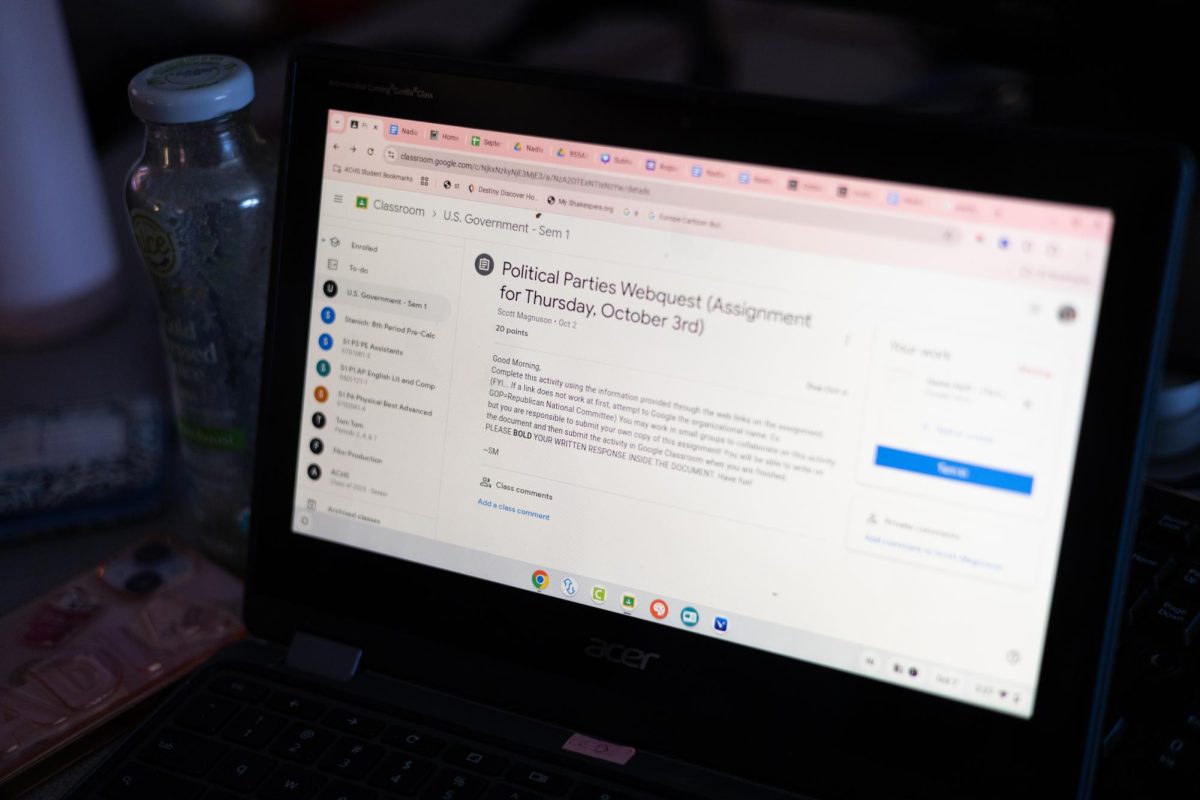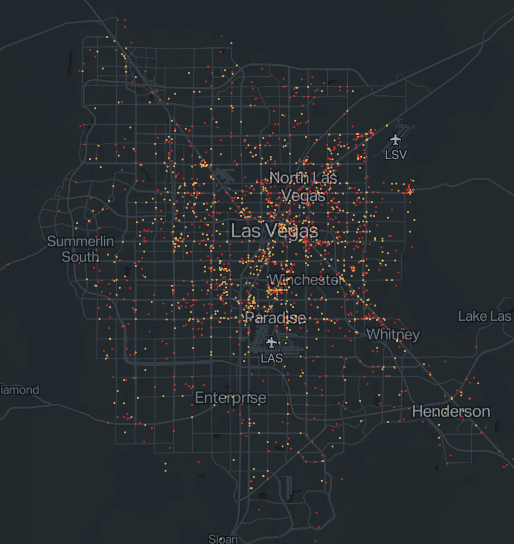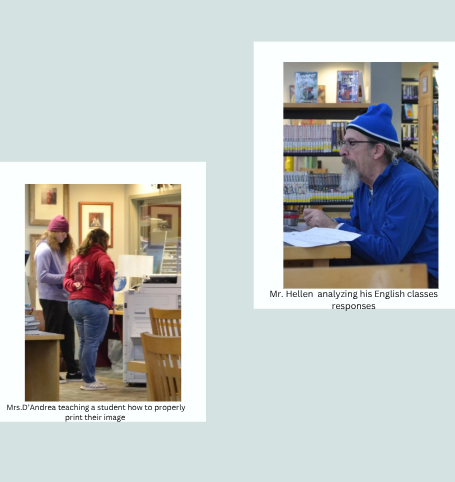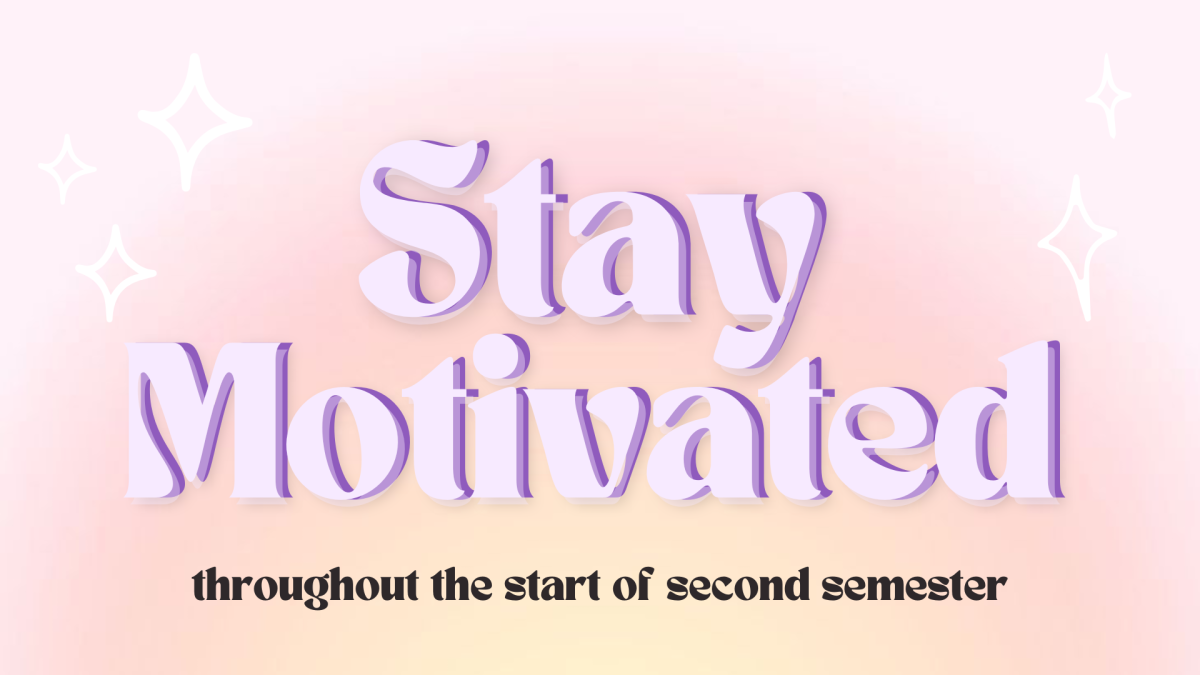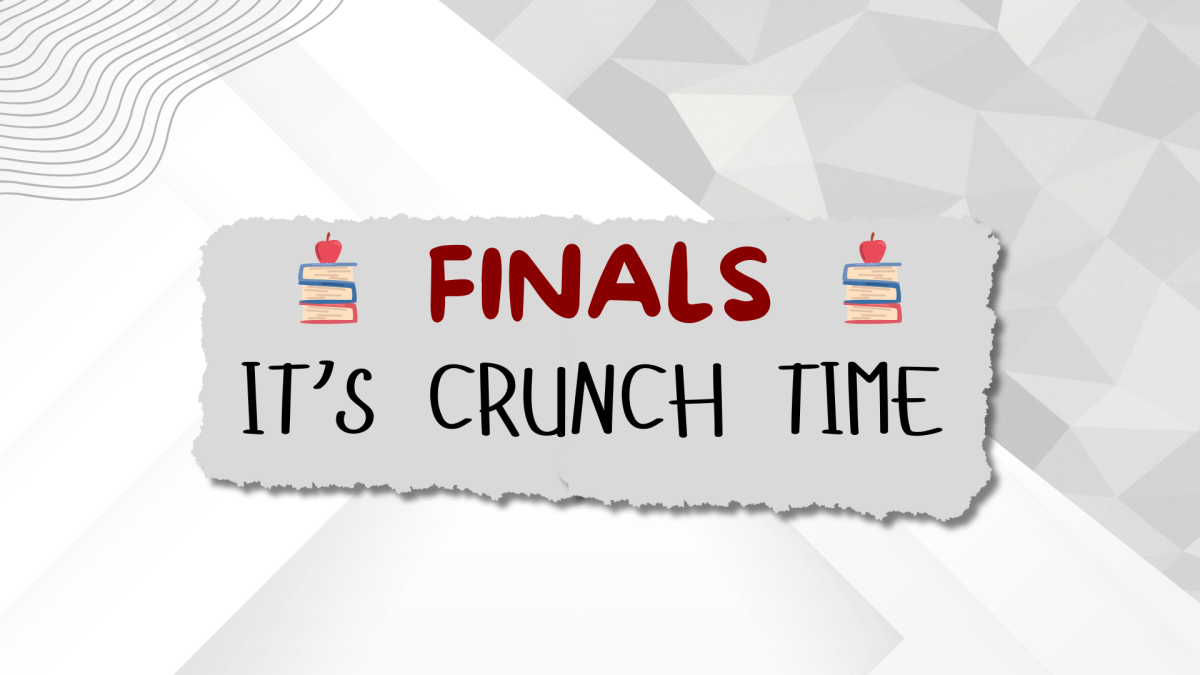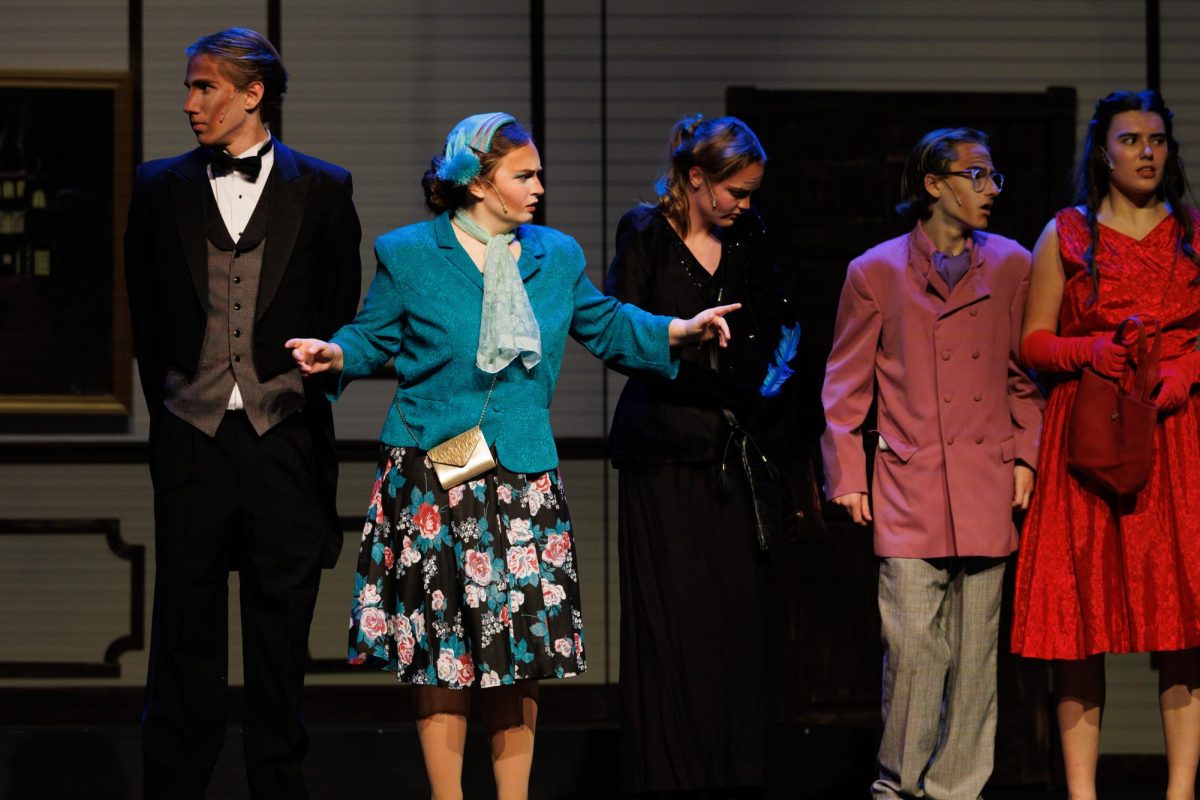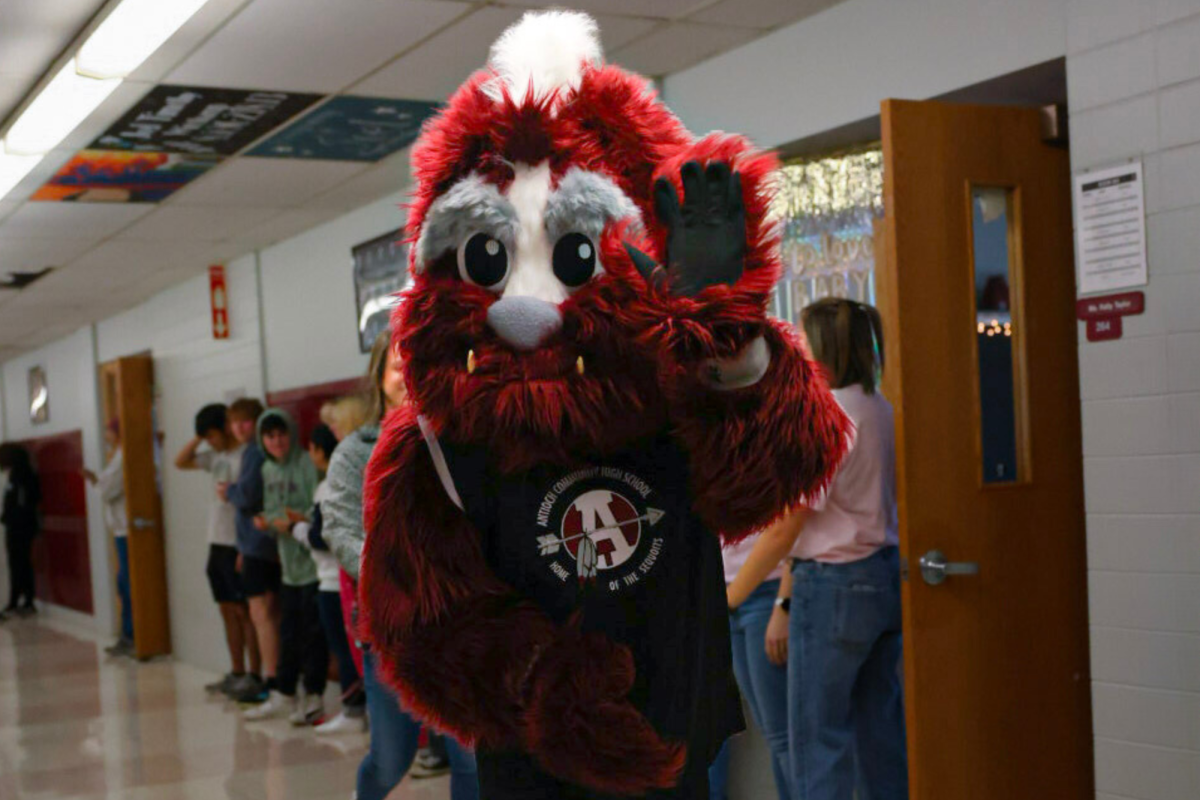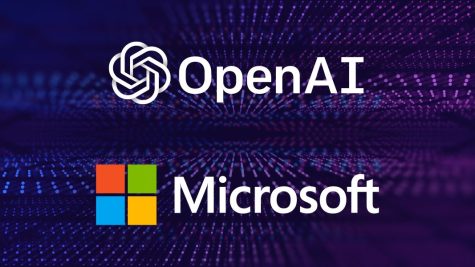
ChatGPT was created by OpenAI, a research and deployment company. According to the dictionary, Artificial intelligence is the theory and development of computer systems able to perform tasks that normally require human intelligence. OpenAI launched ChatGPT on Nov 30, 2022 with the help of Microsoft. According to The New York Times, Microsoft has quietly invested $3 billion to ChatGPT creation. Due to ChatGPT success, Microsoft is working on investing $10 billion more.
Student’s have discovered the new program and are taking advantage of the AI, by using it to write their essays. English teacher Jessica Barnes had her first AI essay submitted last semester. Barnes said a big tell the writing was generated by an AI was the writing didn’t match the students typical writing style.
“As an English teacher, you get to know your students’ style of writing,” Barnes said. “I got an essay that did not match that student’s typical writing and it was also mislabeling the quotes. It was very obvious, and did not match characters with their quotes correctly.”
Northwestern Medicine professor Dr. Catherine Gao designed a study with the University of Chicago to discover if the ChatGPT abstracts–the sentence generated by ChatGPT programming–could fool people into thinking the information is real. According to Northwestern news, the reviewers only detected 68% of the abstracts and 14% of the time identified the real information as ChatGPT abstracts. Dr. Gao said she suspects if a person just came across one of the generated abstracts, they would not necessarily identify it as written by AI.
Most people do not check the author of an article is. Now, there is a possibility that the text was written by computer programs rather than a human brain. Barnes thinks this is potentially dangerous, and could spread misinformation very quickly.
“I think that the average person does not think long and hard about the fact that every single website you open, someone wrote that and was hired to create that content,” Barnes said. “Now, you can’t even be sure that a human wrote it and that is kind of scary.”
Teacher’s everywhere are voicing their concerns and discussing how to prevent students from using AI to write their essays. For example, there are Facebook groups for teachers to connect and chat about anything including the ChatGPT. The Facebook groups are helpful to inform teachers everywhere about new programs for cheating, or on a positive note, different ways to improve learning in classrooms.
Teachers typically use plagiarism checkers, such as Google Classrooms built in programs that teachers can run assignments through; however, ChatGPT abstracts do not show up as plagiarism. According to The Washington Post, Princeton student Edward Tian, started creating GPTZero to detect whether text is written by a machine or a human. Educational technology specialist Kyle Bush, is currently monitoring the improvements made on GPTZero for potential school use.
“We actually have locked it in Go Guardian,” Bush said. “We are also working on providing education to our teachers so they can spot what might be an AI essay.”
In the future, school programs such as Google Classroom could also implement Tian’s GPTZero to prevent cheating. For now, Tian is continuing to work on improving the technology to benefit teachers everywhere. Additionally, schools are working on a solution to prevent cheating through the use of ChatGPT.




